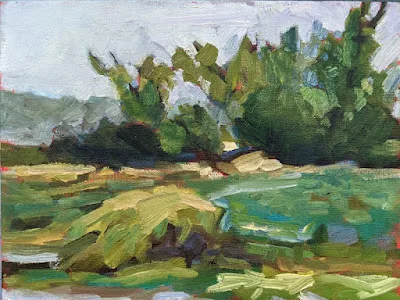
I’m prepping to teach my next session of Zoom color classes, Applied Color Theory, and consulting my library for ideas. Here are two color theory books I recommend without hesitation, and one I just ordered. After all, even an old dog can learn new tricks.
I’ve taught lots of color theory, but this class is a different. It’s about applying theoretical constructs to the practical business of painting. So, it’s back to the books for this teacher.
Interaction of Color: 50th Anniversary Edition, by Josef Albers
When my grandchild was born, I said something about nursing while the hospital lactation consultant was in the room. “A lot has changed in thirty years,” she said. As far as I know, lactation still works about the same way as it did when mammals first appeared about 200 million years ago, or when I was a young mother.
I mention this preemptively, before someone points out that Interaction of Color is a very old book. It’s inexpensive and straightforward. Read the text, do the exercises, ponder the concepts, and you’ll learn lots.
Having said that, the reprint is a better deal than an older edition. Printing technology is much advanced since 1963, and the plates in this edition are clean and beautiful.
Albers believed that color was best studied through experience. He demonstrated that certain colors affect their neighbors. Color exercises are the way to understand this. “Every perception of color is an illusion, he wrote. “We do not see colors as they really are. In our perception they alter one another.”
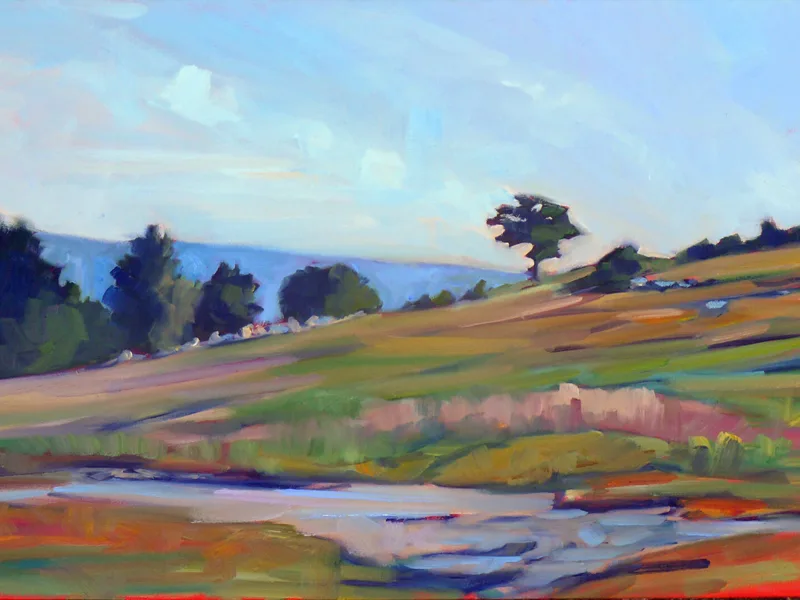
Bright Earth: Art and the Invention of Color, by Philip Ball
I’ve read a lot of ‘history of color’ books and this was by far the best. Philip Ball is a science writer who trained as a chemist. He may be a science geek, but he writes for a lay audience.
Every painter should think of paints first in terms of pigments. For example, we like to think of Impressionism as a cultural movement, with the Salon des Refusés and the rejection of academic art. But Impressionism was driven, first and foremost, by rapid developments in modern chemistry. None of it was possible without the pigments created for commercial applications.
Ostensibly a detailed historical account of how colors were discovered, manufactured, and used, the book also discusses the scientific principles behind pigment chemistry and the physics of light and color perception.
You might not think this should be filed under ‘color theory books,’ but pigment largely defines our place in the continuum of art history, and it’s good to understand exactly where we are.
Here’s the book I ordered to prepare for this class:
Artists’ Master Series: Color and Light, by Charlie Pickard et al
This newish (2022) book covers the traditional material of color theory but reviewers say it’s very in-depth in terms of both the science of color and the process of applying color to painting. I bought it because there is more than one author, which means there’s more than one approach to color problems.
Reserve your spot now for a workshop in 2025:
- Advanced Plein Air Painting, Rockport, ME, July 7-11, 2025.
- Sea and Sky at Acadia National Park, August 3-8, 2025.
- Find Your Authentic Voice in Plein Air, Berkshires, MA, August 11-15, 2025.
- Immersive In-Person Fall Workshop, Rockport, ME, October 6-10, 2025.

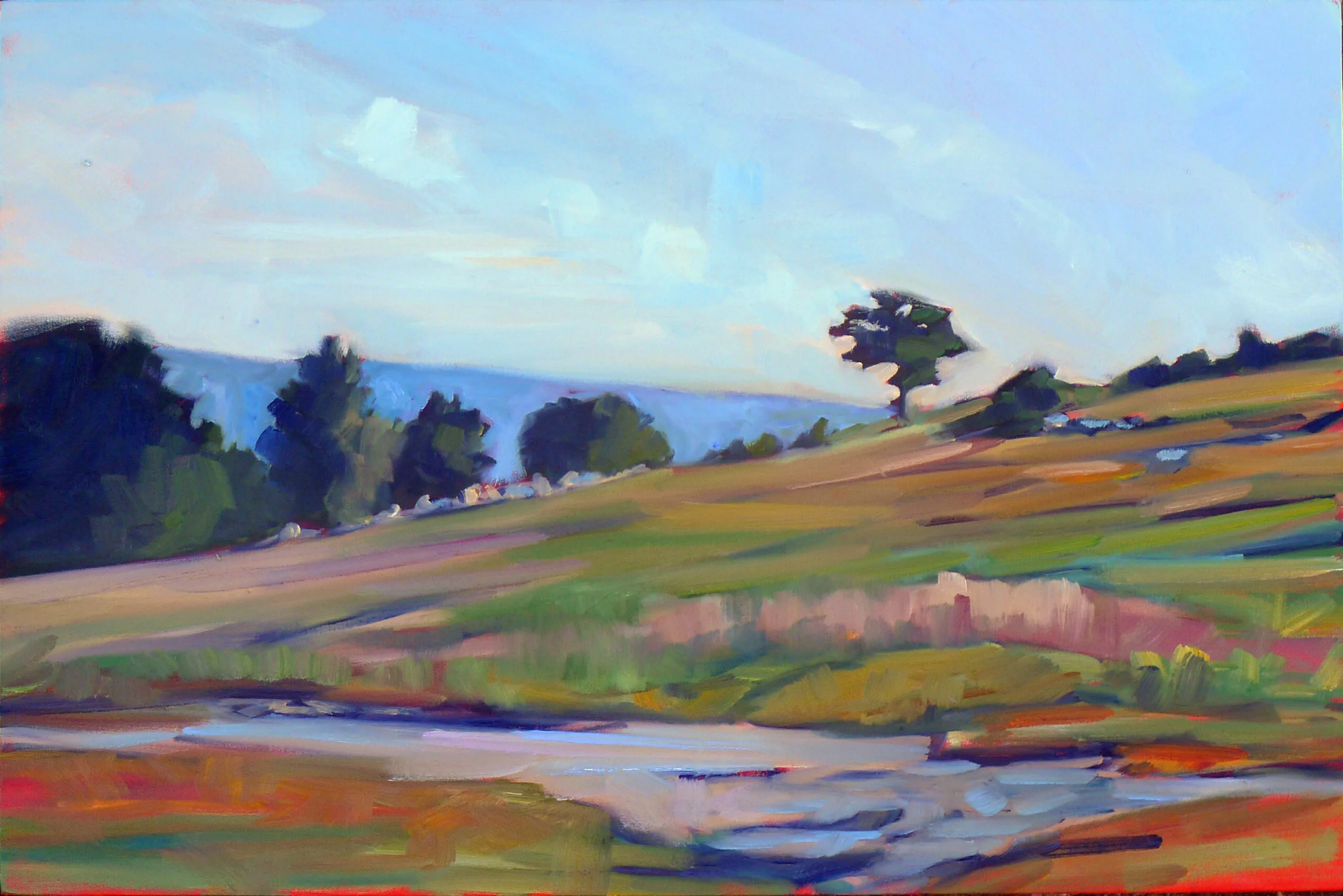
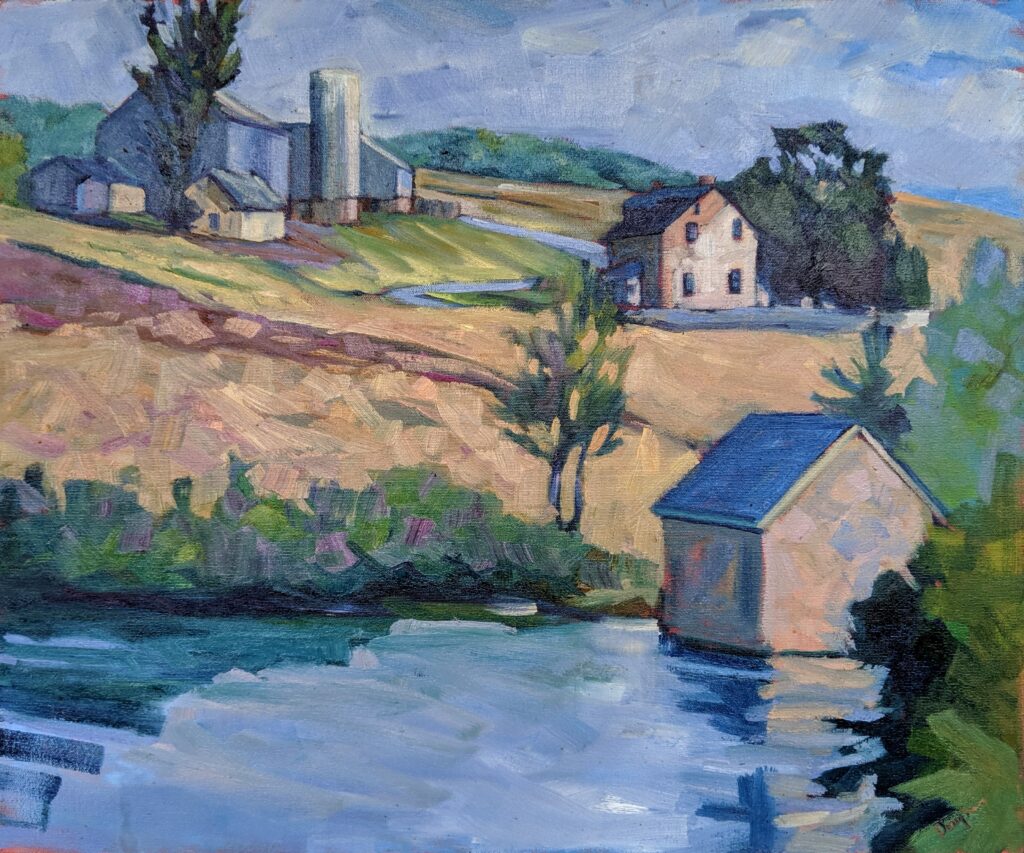
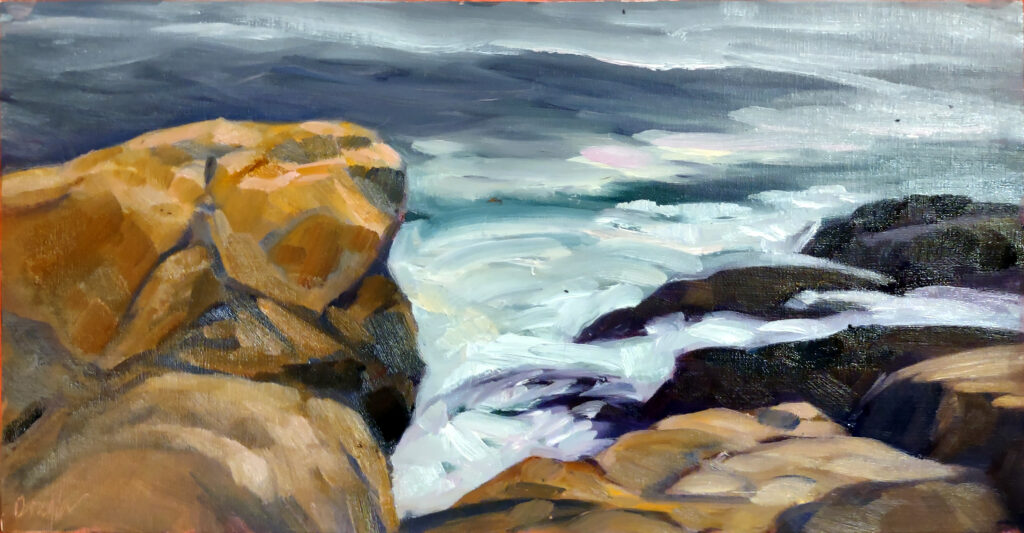
I’m curious about the two color theories. Are they anything like the experimental two-color version of Kodachrome? It had red-orange and cyan-blue pigments .
Sigh. Two BOOKS on color theory. Two-color theory would be, well, complements.
I just received my copy of the third book mentioned “ Artist, master series color & Light”and it seems quite thorough -scientific yet practical for painters. Good balance of very detailed demonstrations by 3 young artists and many science of light and color concepts. Logical and intuitive. some is digital yet i believe that will also be useful to traditional painters. It goes way beyond basic color theory that most of us know. This one, along w james gurneys book “Color and Light” examine all manners of the way light and color behave in nature and how these painters bring those aspects into process . This book is more detailed than gurneys .This is a must read IMO (no, Carol, you can’t just look at the pictures) note, the subject matter of the work is not my area of interest but i Believe there is still a lot to learn. This is no old lady painter book. Typesize is small, book is heavy!
Thanks for your review! I am now even more interested.